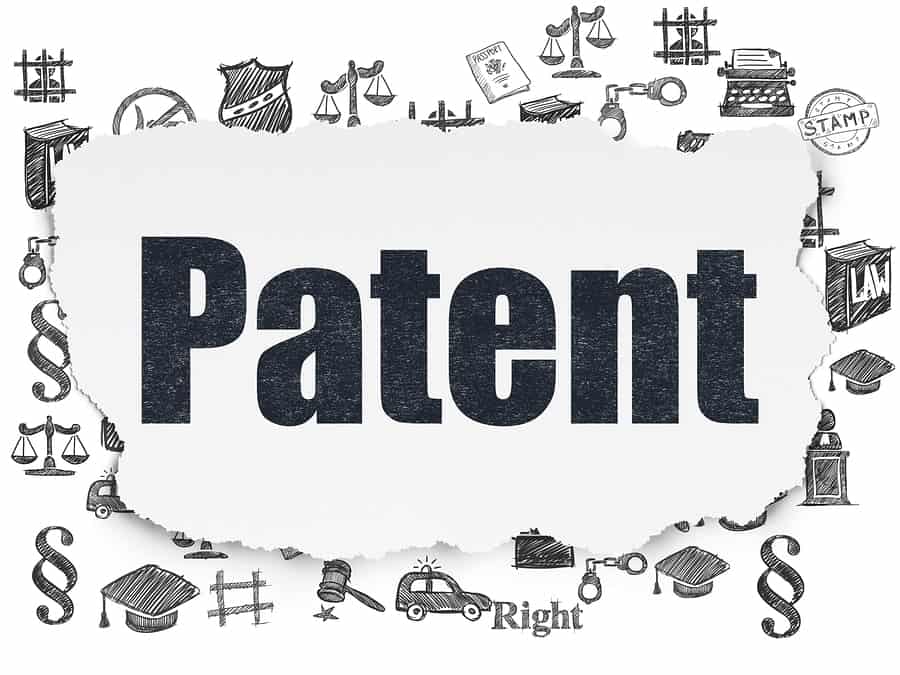Demystifying Design Patent Costs: How Much Should You Budget?
Design patents are a valuable form of intellectual property protection for the appearance of a product. They can help you safeguard the unique ornamental features of your creation from being copied or imitated by others. However, one of the common concerns for entrepreneurs and businesses considering design patents is the cost involved. Understanding the expenses associated with obtaining a design patent can help you budget effectively and plan ahead. This article will demystify design patent costs and provide you with insights on how much you should budget for this important investment in your intellectual property portfolio.
Factors Affecting Design Patent Costs
Several factors can influence the overall costs of obtaining a design patent. It is essential to consider these factors when budgeting for your design patent application:
Complexity of the Design
- The complexity of your design plays a significant role in determining the cost of obtaining a design patent.
- Elaborate designs with intricate details may require more time and effort to prepare the application and may result in higher costs.
- Simpler designs that are more straightforward and easy to illustrate may be less costly to protect.
Professional Fees
- Hiring a patent attorney or agent to assist you with preparing and filing your design patent application will incur professional fees.
- The experience and expertise of the professional you engage can influence the fees charged for their services.
- Shop around and compare quotes from different professionals to find one that fits your budget and meets your needs.
Government Filing Fees
- There are specific government filing fees associated with submitting a design patent application to the United States Patent and Trademark Office (USPTO).
- These fees can vary depending on the entity filing (individual, small entity, or large entity) and the number of design views included in the application.
- It is important to research and understand the current fee schedule to budget accurately for your design patent application.
Estimated Costs for Design Patent Applications
While the actual costs of obtaining a design patent can vary based on individual circumstances and the factors mentioned above, here are some estimated costs to give you a general idea of how much you should budget for your design patent application:
Professional Fees
- Professional fees for preparing and filing a design patent application can range from $1,000 to $3,000 or more, depending on the complexity of the design and the expertise of the professional you hire.
- Some patent attorneys or agents may offer flat-fee arrangements for design patent applications, while others may charge hourly rates.
Government Filing Fees
- The government filing fees for a design patent application range from $70 to $350, depending on the entity filing and the number of design views included.
- Small entities, including most independent inventors and small businesses, qualify for reduced government filing fees.
Total Estimated Costs
- Combining the professional fees and government filing fees, the total estimated costs for obtaining a design patent can range from $1,070 to $3,350 or more.
- It is important to factor in any additional costs such as maintenance fees, office action responses, or international filings if applicable.
Strategies to Manage Design Patent Costs
While design patent costs are an essential investment in protecting your intellectual property, there are strategies you can employ to manage and optimize these expenses:
Focus on the Essential Features
- When drafting your design patent application, focus on highlighting the essential features of your design that make it unique and distinguishable from existing products.
- Avoid including unnecessary elements that could complicate the application process and increase costs.
Consider Design Search and Analysis
- Conducting a design search and analysis before filing your design patent application can help identify prior art and potential obstacles to obtaining a patent.
- Investing in a comprehensive search early on can save you time and money by avoiding infringement issues and rejections during the examination process.
Explore Provisional Applications
- Consider filing a provisional patent application to establish an early filing date and secure priority for your design while deferring some of the costs associated with a non-provisional application.
- A provisional application can buy you time to further develop and refine your design before committing to a full patent application.
Conclusion
Obtaining a design patent is a crucial step in protecting the visual appearance of your product and preventing others from copying or imitating your unique design. While the costs of obtaining a design patent can vary depending on several factors, including the complexity of the design and professional fees, it is important to budget for these expenses to safeguard your intellectual property rights effectively. By understanding the factors influencing design patent costs, estimating the expenses involved, and implementing cost-saving strategies, you can manage your budget efficiently and secure valuable protection for your creative designs.
